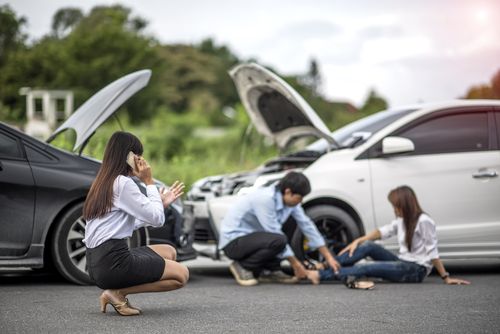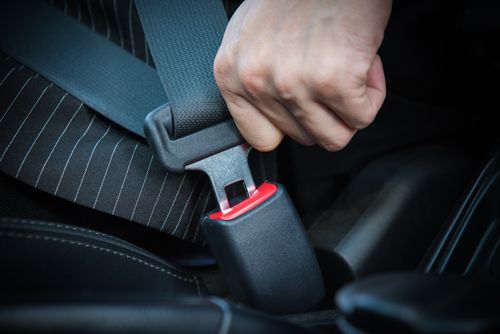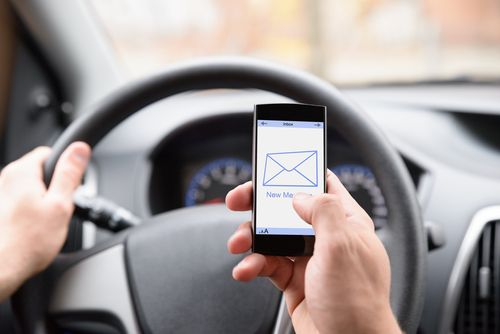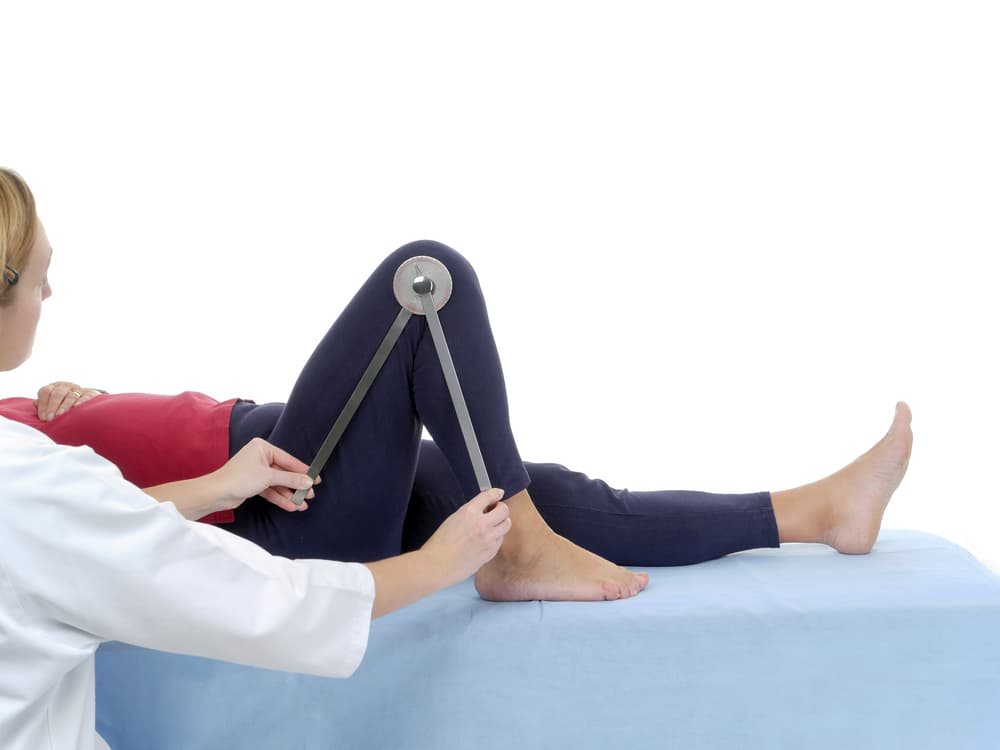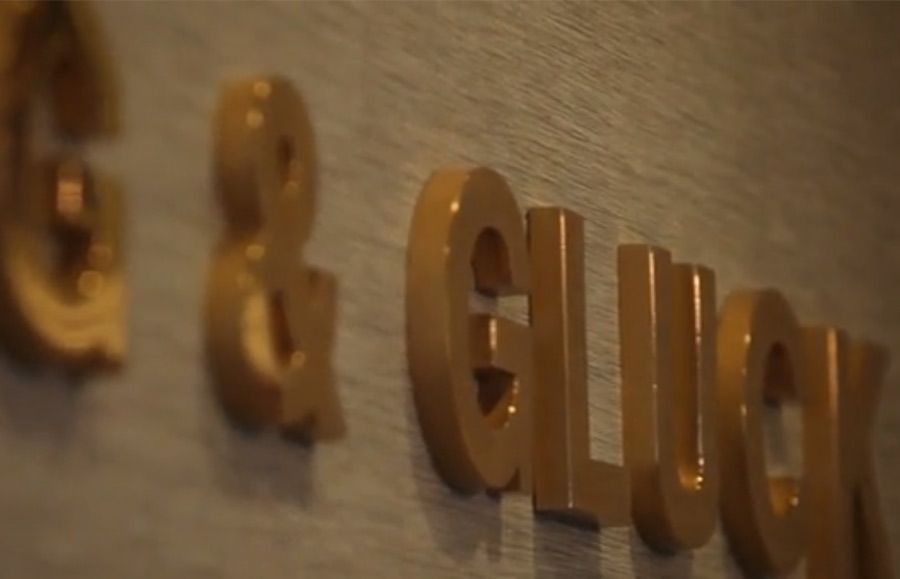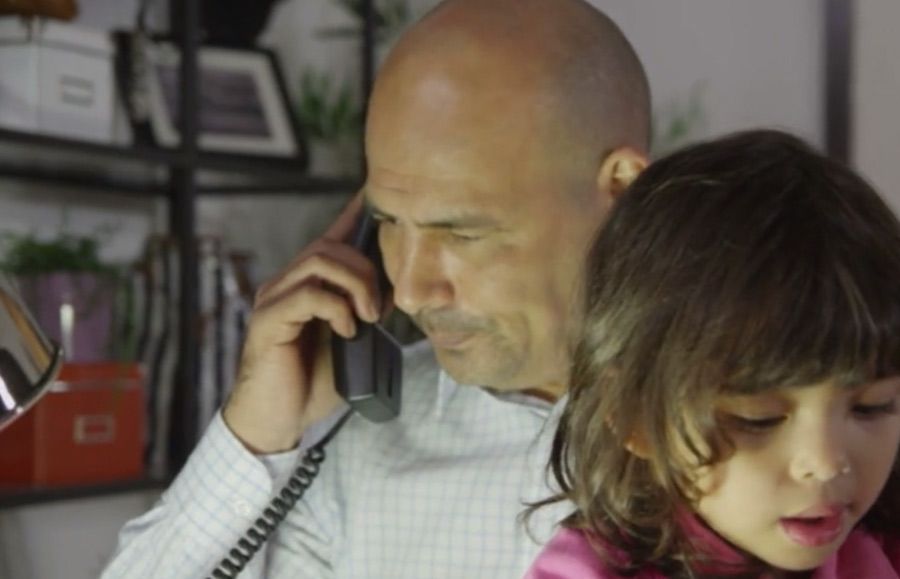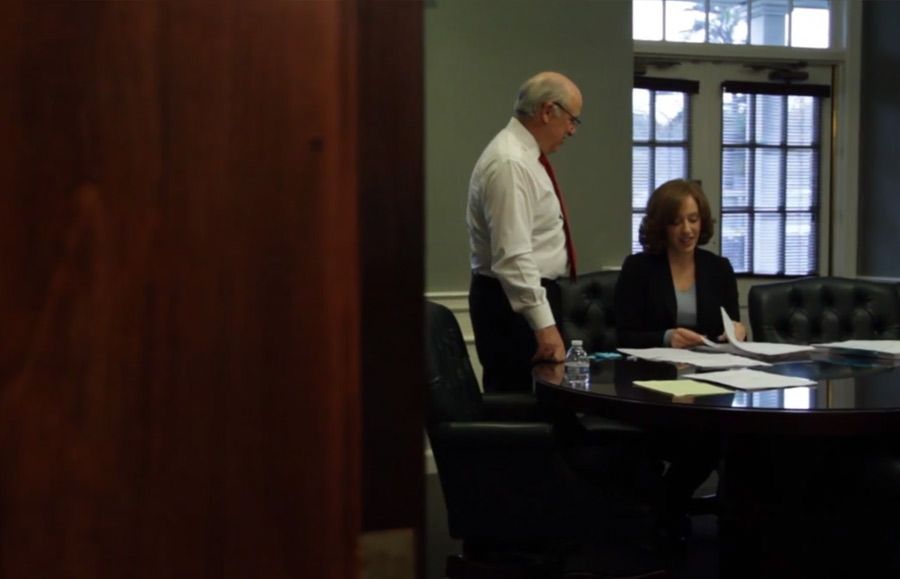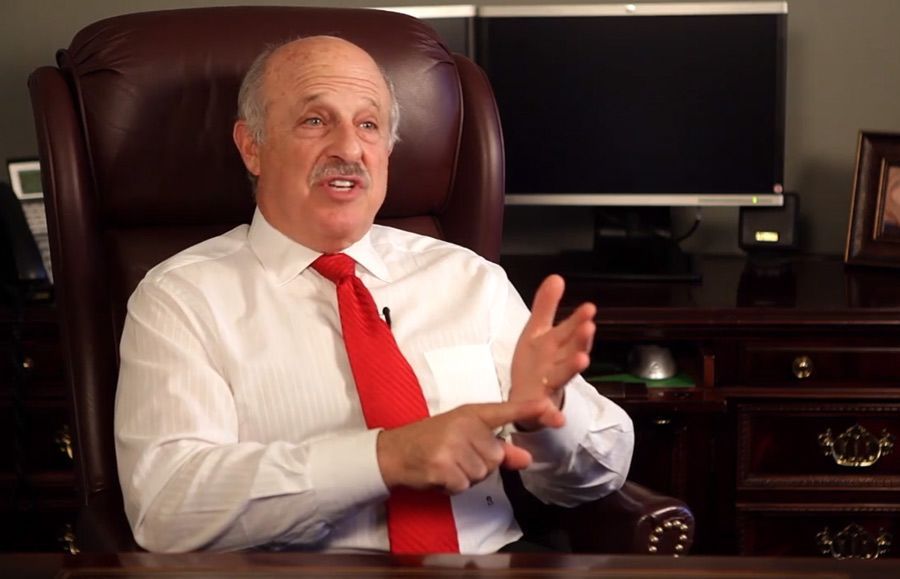Car accident cameras can help your case by showing how the collision happened and who caused it. After a car accident, you probably know how important it is to have a clear account of what happened. The intense, high-stress environment of a car accident can leave you disoriented and unable to think clearly.
When it’s time to file a car accident case, the need to have an accurate picture of what happened becomes all too clear. Car accident cameras can provide a significant advantage when you file a case for compensation. An experienced car accident lawyer will know how to gather any necessary evidence to help your case.
They can answer questions about car accident cases and how cameras help, too.
For a free legal consultation, call 516-451-7900
Car Accident Cameras Are Reliable Eyewitnesses
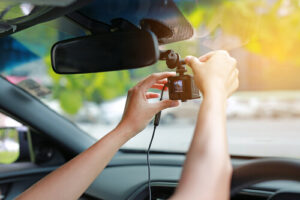
Dashboard-mounted cameras, better known as dashcams, can capture the details that you or the other driver missed. Witness accounts are sometimes unreliable.
You could find a witness who can support your version of events, but odds are the other party will find a witness who can do the same for them.
A car accident camera is a reliable eyewitness because its position is objective. It will simply record what it sees and show it to you. The events presented by the dashcam will not change, and they are hard to dispute.
Dashcams Record What Happened Before the Crash
The moments leading up to your car accident are just as crucial as the accident itself. A car accident camera can record what happened inside your vehicle, illustrating that you were obeying traffic rules and driving safely at the time.
If the audio is recorded it can also demonstrate your state of mind or reveal any observations you may have made just before the collision.
External video from the dashcam can show how the other driver operated their vehicle prior to the crash. It can also show traffic conditions that may have contributed to the collision. If the other driver was moving erratically or violating traffic laws just before the crash, your car accident camera may show it, depending on the angle. Reckless acts are hard to defend or dismiss when they are caught on tape.
A Car Accident Camera Can Catch What Really Happened When the Crash Occurred
The moment of impact might be hazy for most people in a crash. Even the moments leading up to an accident may be fuzzy after the collision due to stress and injuries. A dashboard camera can capture the exact moment of impact and any actions you or the other driver made.
It can show how the cars collided. If there are conflicting reports of the accident, recorded video footage can show what really happened and may support your account of the collision.
Dashcam Video Footage Can Show What Followed the Crash
What happens after the crash can provide just as much insight as the events that led up to it. How the other driver responds to the accident, whether they admitted fault, or how they apologized for their actions at the scene may all be captured by a car accident camera. If you’re dealing with a drunk driving accident, the dashcam footage could show the other driver stumbling after exiting the car or slurring their speech.
Discover Who’s at Fault Using Car Accident Camera Footage
By showing what happened before, during, and after your car wreck, dashcam video evidence helps determine who is at fault and what they did to cause the crash. Following your accident, the other driver could claim that you were at fault for the collision.
With dashcam video footage, you can show proof of your good driving habits. Video footage will show you following the rules of the road and any movements you made as a driver.
Evidence When There Is No Crash Report
If you are involved in an accident where police were not called or did not respond to the scene, car accident cameras are handy tools. The at-fault party may believe they are getting away with hitting you, but your car accident camera can catch it on tape. It can provide documented evidence of the crash and corroborate your claims when there is no crash report to back you up.
Car Accident Cameras Help in Hit-and-Run Collisions
According to the American Automobile Association (AAA), there is a hit-and-run every 43 seconds in the United States. These accidents are more common than you might believe and only a very small percentage of them are ever solved by police. Hit-and-run victims are left with little recourse for solving the mystery of who ran into them. The situation is all the more devastating for families who have lost loved ones in hit-and-run crashes.
A dashboard camera is particularly useful in this scenario. A car accident camera can capture important details about the vehicle and the perpetrator that might help officers solve the crime. Upon catching the perpetrator, you could pursue compensation.
The Opposing Party Can Use Your Dashcam Footage Against You
Dashboard-mounted cameras are impartial witnesses. As such, they don’t favor one party or another. Further, at a trial, any evidence presented in a civil case is open for discovery by all parties. You and the defendant both have access to the car accident camera evidence and can use it to build your case.
Be aware that the same footage you believe exonerates you and implicates the other driver could inadvertently pin the fault on you or make you look less credible. You may be surprised at how even the smallest details caught on camera can implicate you as the at-fault party.
You Could Lose Your Right to Compensation if You Are At Fault
While you may have a stronger argument against the other party, if you bear any blame at all for the crash, it could reduce your settlement or leave you with nothing at all.
How your compensation is affected will depend on the comparative negligence laws in your state. If you have dashcam footage from a car accident, you should allow your accident lawyer to review it before attempting to use it as evidence in your case. Your lawyer can protect your right to compensation and determine if the footage is suitable evidence.
What Information Can a Dashcam Record?
Dashcams can record a variety of information, including:
External Video Footage
Dashcams can record the activities that occur outside the vehicle. Some may even record from a variety of angles in front of the car. Rear dashcams can record events that happen behind the vehicle. In addition to showing the details of the other cars involved, such as make, model, color, and license plate number, external dashcams can record the presence of bystanders who witnessed the crash.
You can use video footage of public spaces with no problem, but you should consult a lawyer if you have footage recorded on private property. This includes driveways and commercial parking lots.
Interior Video Footage
Some dashcams are interior cameras only. Others are dual cameras that can shoot inside and outside your car simultaneously. The interior camera can show your actions while driving and the way the crash impacted you and your passengers. Be careful when using an interior camera. The same footage you believe will help you can also show you texting, looking away from the road, drinking, or using drugs.
Location, Time, and Speed
Certain dashcams have integrated GPS. If you have this, your camera can record the exact location and time of the accident. The GPS camera technology may also record your speed, so it’s important to be mindful as you are driving. If there is any data indicating you exceeded the speed limit at the time of the collision, the other party may use it against you
Audio From Inside Your Vehicle
Dashboard cameras record audio as well. This means they can record what you were saying in the car and external conversations that take place near the car. This could provide insight into the cause of the crash and who might be at fault.
If you have passengers, you may have to inform them that they are being recorded if you use an interior dashboard camera, depending on your state. Many rideshare drivers post a sign in their cab to notify passengers of their continuous recording.
State Laws Governing Dashcam Placement
Every state allows drivers to use a dashcam, but you must follow the laws regarding where and how to mount them. Most states do not allow you to mount the camera on the windshield. The law forbids anything that could obstruct the view of the driver and potentially lead to accidents. The states that allow you to mount a camera on your windshield have restrictions about the size and placement of the camera.
State Recording Laws That Affect Dashcam Evidence
The recording laws in your state will also play a role in your use of car accident camera footage as evidence in a claim or lawsuit. Since they record audio, you must be certain that your use of a dashcam follows the recording laws for consent.
The majority of states only require one-party consent. In other words, if at least one party knows that the conversation is being recorded and allows it to continue, the recording is legal and admissible in trial. A handful of states may require two-party consent, also known as all-party consent. In these states, all parties involved in the conversation must know and approve the recording. If you record audio in a two-party consent state that has not received the proper consent, you cannot use it as evidence in your car accident case.
Recording someone else without their consent is illegal except in certain circumstances. A car accident lawyer can inform you of your rights and the recording laws in your state.
Other Types of Evidence You Can Use in a Car Accident Case
While dashcams can provide strong evidence for a car accident case, you can use other evidence. When building a case, personal injury lawyers may use:
Traffic Camera Footage
Cameras posted at traffic lights can capture the events of a collision nearby, but you may have difficulty obtaining traffic camera footage on your own. An injury lawyer can help you gather video evidence from a traffic camera to support your case. Many of them routinely make such requests from local law enforcement.
The Crash Report
If officers responded to your car accident call, they would have made a crash report to document the events. A crash report may include the contact information for the other driver, details about their vehicle, witnesses to the collision, a rundown of what happened, the officer’s insights about who caused the crash, and a diagram of the accident scene. Many police departments offer crash reports online as well as in person or by mail.
Cell Phone Photos and Video
Any time you’re in a car crash, take photos. Snap pictures of all vehicles in the accident, street signs, anything indicating location, and your injuries. Capture the damage the accident caused and have an accurate location in case you or your lawyer need to revisit the scene.
You can use video to do the same thing. If you didn’t take pictures or record video at the scene, eyewitnesses may have. A car accident attorney could track down witnesses and obtain evidence from them.
A Lawyer Can Help You Use Car Accident Camera Footage to Your Advantage
A car accident camera can help you with your car accident case in a variety of ways. As a reliable eyewitness, it can corroborate your account of the events that took place and help demonstrate that the other party was at fault.
If you have dashcam footage from a car accident, it may be the evidence you need to obtain compensation, but you have to know how to use it. A car accident lawyer can help you maximize the effect of any available evidence in your case.
